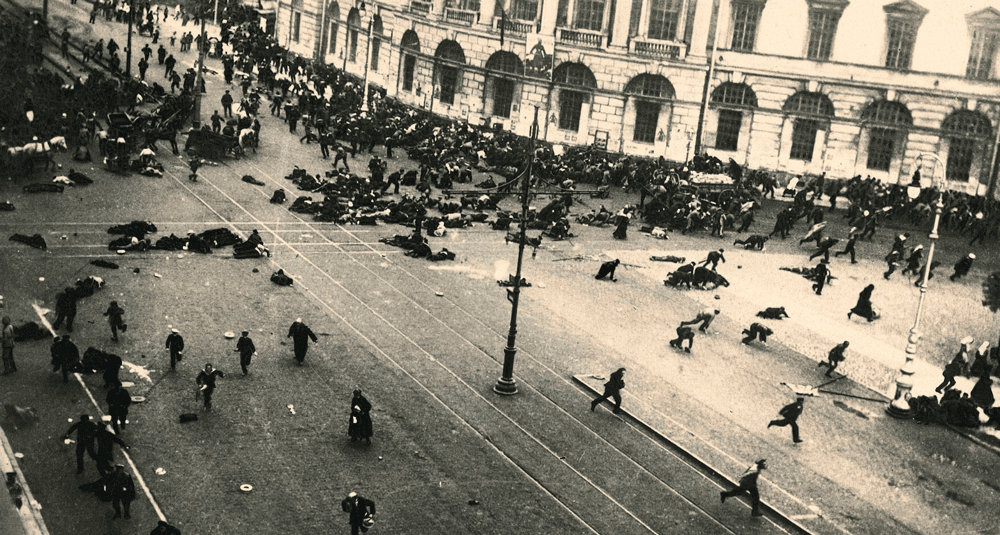Which political regime was overthrown in the Russian Revolution of 1917?
Last Updated:
The Russian Revolution of 1917 marked one of the most significant political upheavals of the 20th century. It put an end to more than three centuries of rule by the Tsars of the Romanov dynasty, overthrowing the absolute monarchical regime that had been in place in Russia since the 17th century. This revolution did not consist of a single event, but of two key moments, the February Revolution and the October Revolution, which brought about a radical break in the country’s political, social and economic organization.
In February 1917 (March according to the Gregorian calendar), the first revolution broke out in Petrograd (formerly St. Petersburg), in a climate of famine, war fatigue and general dissatisfaction with Tsar Nicholas II. The army, exhausted by the First World War, mutinied and joined the demonstrators. Faced with this massive popular uprising, Nicholas II abdicated on March 2, 1917, putting an end to the imperial monarchy.
The political system overthrown was the autocratic Tsarist regime, i.e. an absolute monarchy by divine right, in which the Tsar held all powers, with no real institutional counterweight. This system, inherited from Russian monarchical traditions and consolidated by centuries of centralized power, was deeply hierarchical, inegalitarian and hostile to liberal reforms.
After the Tsar’s abdication, a provisional government was set up, made up of liberals and moderates, including members of the Duma (the Russian parliament). This government promised democratic reforms, freedom of expression, an end to religious discrimination and the preparation of elections for a Constituent Assembly.
However, it refused to withdraw Russia from the First World War, provoking the growing anger of the people and the soviets, councils of soldiers, workers and peasants that were gaining in influence, particularly in Petrograd. This duality of power between the Provisional Government and the soviets undermined the authority of the State and created an unstable situation of dual power.
On October 25, 1917 (November 7 in the Gregorian calendar), the Bolsheviks, led by Lenin, stormed the Winter Palace, seat of the provisional government. The October Revolution marked a second decisive turning point, as power was transferred from the moderates to the Bolshevik party, which quickly established a dictatorship of the proletariat, based on the principles of Marxism-Leninism.
Thus, it was not just the Tsarist regime that was overthrown, but the entire traditional political structure. Central power passed to the Bolshevik-controlled soviets, and a new era began, that of Soviet communism, which would dominate Russia (and later the Soviet Union) until 1991.
The overthrow of the Tsarist regime in 1917 marked the end of a world. The old nobility was dispossessed, the Orthodox Church lost its political influence, large landholdings were redistributed and a new ideology, communism, took hold with the ambition of radically transforming society.
This change also led to a civil war between the Reds (Bolsheviks) and the Whites (opponents of the Communist regime), which lasted until 1922 and claimed millions of lives. Above all, it marked the emergence of a new player on the world stage, the Soviet state, which would profoundly influence international relations throughout the 20th century.
The Russian Revolution of 1917 overthrew the Tsarist regime, a centuries-old absolute monarchy, and put an end to the autocratic reign of the Romanovs. This event paved the way for the creation of the Soviet regime, overturning the political and social order in Russia and laying the foundations for a global ideological confrontation between capitalism and communism.
history

Which political regime was overthrown in the Russian Revolution of 1917?
Answer
The Russian Revolution of 1917 overthrew the Tsarist regime, ending the absolute monarchy of the Romanovs and paving the way for Soviet power.